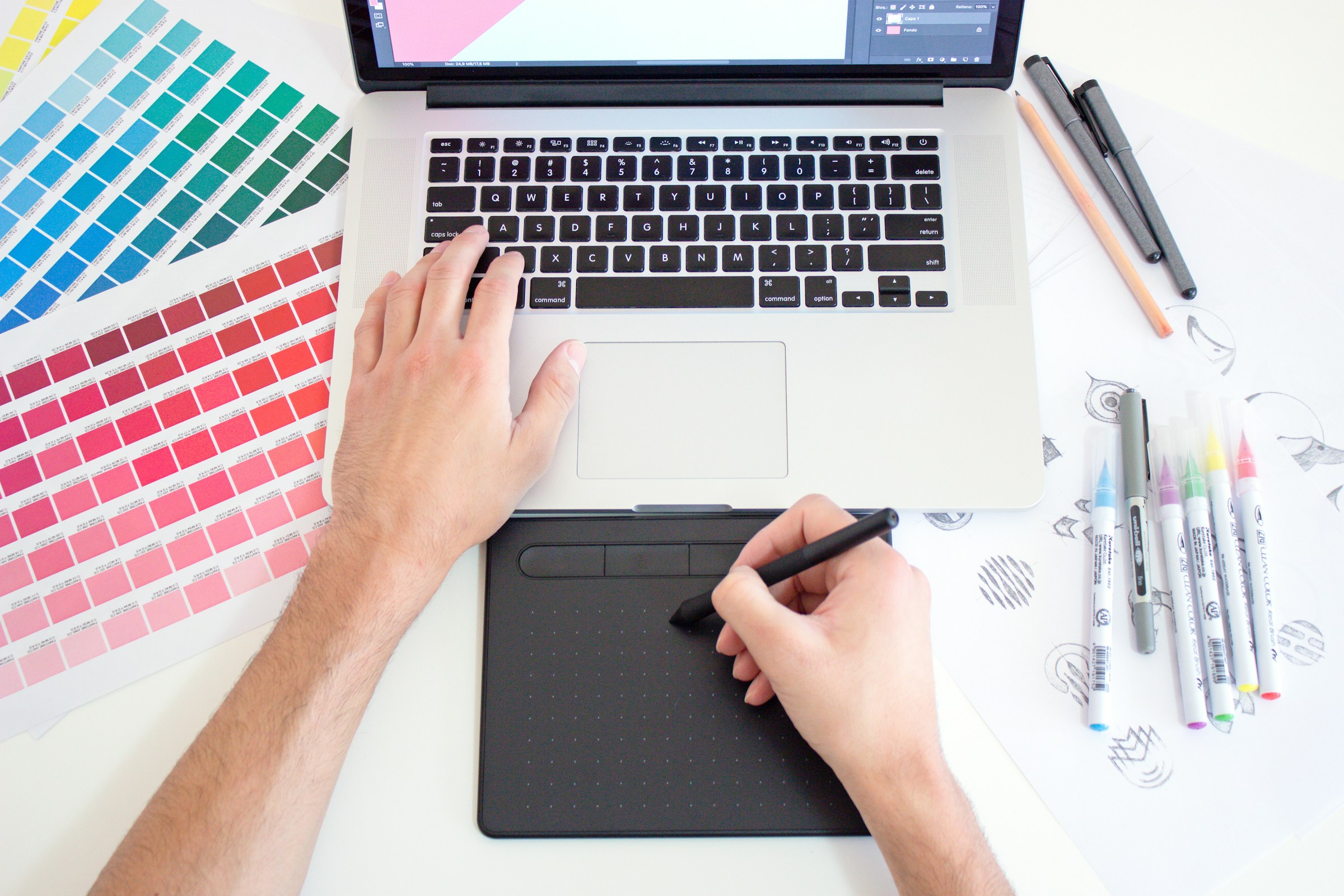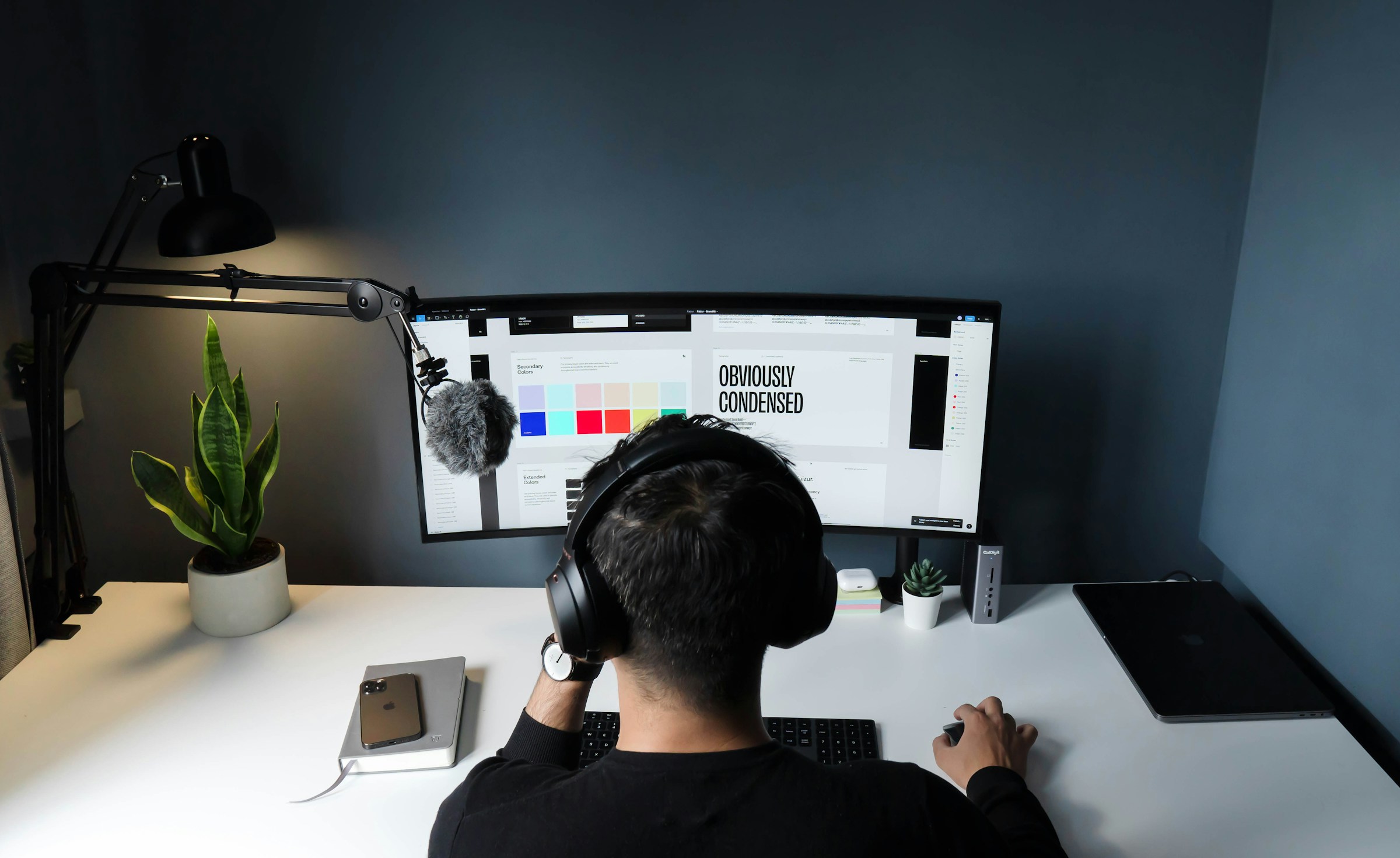Think creating a memorable logo is only for seasoned graphic designers with years of experience and fancy software? Think again. In today’s digital world, even those with zero design background can craft a unique and professional-looking logo—all it takes is the right approach and tools. Whether you’re a small business owner, an aspiring entrepreneur, or building a personal brand, this guide will show you how to create a logo that truly stands out.

Why a Strong Logo Matters
Your logo is more than just a pretty symbol. It’s the face of your brand. A well-designed logo:
- Communicates your brand’s values and identity
- Establishes brand recognition
- Builds trust with your audience
- Helps you stand out in a crowded marketplace
It’s often the first thing people see, and first impressions count. Fortunately, you don’t need to be a professional designer or invest in expensive software to create one.
Step-by-Step: Design a Logo Without Experience
Ready to make your mark? Follow these simple steps to design a logo without any prior experience.
1. Define Your Brand Identity
Before you open any logo-making tool, take a moment to reflect on your brand. Ask yourself:
- What is the mission or purpose of my brand?
- Who is my target audience?
- What tone or personality should my logo convey? (Fun, professional, bold, minimalist?)
This reflective exercise sets the foundation for designing a logo that resonates with your audience.
2. Get Inspired
Explore logos from brands you admire. Notice what makes them appealing. Is it the color combination? The simplicity? The unique icon? Create a visual mood board or save examples you like.
When browsing, focus on what works and how you might apply similar ideas to your own design—without copying.
3. Choose a Design Platform
There are many free and beginner-friendly logo-making tools available online. Some popular options include:
- Canva: Drag-and-drop interface with pre-made templates
- Looka: AI-powered logo creation
- Hatchful by Shopify: Custom logos tailored to your business category
- LogoMakr: Simple editor with free icons and shapes
These tools typically walk you through the design process and offer templates and icons that suit your brand’s personality.

4. Keep It Simple
When it comes to logos, less is more. A clean and simple design improves legibility and versatility across different uses—business cards, websites, packaging, and more. Here’s what to keep in mind:
- Use 1–2 fonts maximum
- Stick to a limited color palette
- Ensure your logo works in black and white
- Avoid overly detailed icons
Simplicity ensures your logo looks good at different sizes and remains memorable over time.
5. Test Your Logo
Once you’ve created a few drafts, test them. Show options to friends, family, or colleagues and ask:
- What does this logo make you think of?
- Does this design fit the brand’s message?
- Which version is most memorable?
This feedback can help you make small tweaks that elevate your design before finalizing it.
Making It Official
Once you’re happy with the final design, download it in multiple formats (SVG, PNG, JPG) from your design platform. Ideally, you want a version with a transparent background for flexibility. Be sure to check whether your chosen tool grants you full usage rights or ownership of the design. Some platforms may require a small fee for commercial use.
Bonus Tips
- Consistency is key: Use your logo consistently across all branding materials for a professional touch.
- Create variations: Have a horizontal, vertical, and icon-only version of your logo.
- Stay timeless: Avoid trendy fonts or colors that may look outdated soon. Aim for a logo that will age well.
Conclusion
Creating a logo doesn’t have to be intimidating. With the help of today’s intuitive design tools and a bit of strategic thinking, you can produce a professional logo that reflects your brand without any design background. Remember, your logo is the cornerstone of your visual identity—investing time to get it right will serve your brand for years to come.
So get started, have fun, and let your creativity shine—no graphic design degree required!


